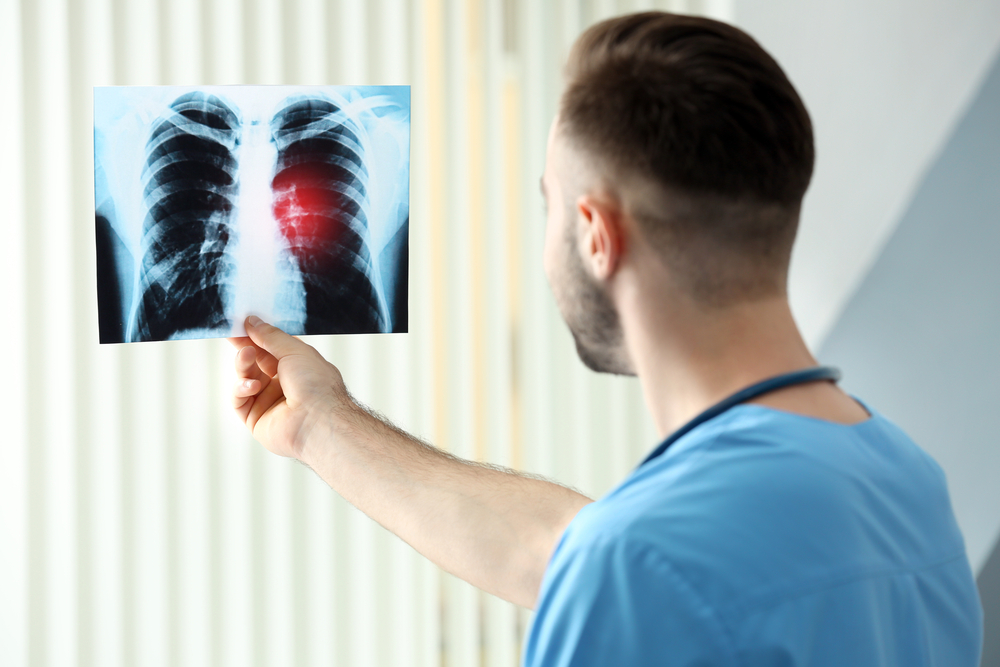Comprehensive Guide to Back Pain: Causes, Symptoms, and Treatment Options
This comprehensive article explores the causes, symptoms, diagnosis, and treatment options for back pain. It covers different types including upper, middle, and lower back pain, and highlights how lifestyle choices and medical interventions can aid recovery. Learn practical tips for prevention and manage back health effectively to reduce disability and improve quality of life.

Understanding Back Pain: Causes, Symptoms, and Effective Treatment Strategies
Back pain is one of the most common health complaints affecting millions of people worldwide. It significantly impacts quality of life, productivity, and overall well-being. From minor discomfort to severe, debilitating pain, back issues can stem from a variety of causes ranging from acute injuries to chronic health conditions. Recognizing the root causes of back pain and understanding the various factors involved is essential for effective management and treatment.
Globally, back pain is a leading cause of disability, with over 31 million Americans experiencing it at any given time. It accounts for a considerable percentage of healthcare visits, missed workdays, and annual medical expenditure, which exceeds $50 billion annually in the United States alone. Despite its prevalence, many individuals suffer in silence or attempt self-treatment without proper diagnosis, risking worsening symptoms or overlooked serious underlying conditions.
Back pain can be categorized based on its location: upper, middle, and lower back, each associated with distinct causes and treatment approaches. Understanding these differences is key to implementing appropriate intervention strategies.
Types and Causes of Back Pain
Upper Back Pain
The upper back, also known as the thoracic spine, involves the area from the base of the neck to the bottom of the rib cage. This region is less mobile but can still be a source of considerable discomfort. Common causes include muscular strain from poor posture, repetitive motions, or heavy lifting. Ligament sprains or injuries to the rib cage joints can also contribute. Serious conditions like spinal infections, tumors, or vertebral fractures, though less common, must be promptly diagnosed because they require urgent medical attention.
Middle Back Pain
Middle back pain typically affects the thoracic region, especially where the ribs connect to the spine. It often results from muscular strain, ligament injuries, or issues with the intervertebral discs. Activities involving repetitive twisting or heavy lifting can strain the muscles and ligaments, leading to discomfort or inflammation. Structural problems such as scoliosis, osteoporosis-related fractures, or spinal infections like spondylitis can cause persistent pain. Tumors in the spinal region, though rare, may also be a cause, particularly if accompanied by weight loss or neurological symptoms.
Lower Back Pain
The most common form of back pain occurs in the lumbar region, affecting the lower back. It can range from dull, aching discomfort to sharp, shooting pain that radiates down the legs. Risk factors include poor posture, sedentary lifestyles, obesity, improper lifting techniques, and sudden movements. Underlying causes often involve muscle or ligament strains, herniated discs, degenerative disc disease, facet joint arthritis, or spinal stenosis. Chronic lower back pain lasting over three months may signify nerve compression, joint degeneration, or other significant pathologies requiring comprehensive evaluation and personalized treatment plans.
Symptoms and Diagnosis
Back pain symptoms vary widely based on the severity, cause, and location of the problem. Common symptoms include pain that worsens with activity or movement, stiffness, muscle spasms, numbness or tingling in the limbs, and difficulty standing or sitting for long periods. In some cases, there may be associated symptoms such as fever, unexplained weight loss, or loss of bladder or bowel control, which require immediate medical attention.
Effective diagnosis involves a thorough medical history, physical examination, and diagnostic tests such as X-rays, MRI scans, or CT scans. Blood tests may be necessary if an infection or inflammatory condition is suspected. Identifying the exact culprit helps tailor an appropriate treatment plan, which can range from conservative interventions to surgical options.
Common Conditions Associated with Back Pain
Muscle Strains and Ligament Sprains: Often caused by improper lifting or sudden movements, leading to localized pain and stiffness.
Herniated Discs: When intervertebral discs slip or rupture, compressing nearby nerves and causing radiating pain.
Spinal Stenosis: Narrowing of the spinal canal, which exerts pressure on the spinal cord and nerves, resulting in pain, numbness, and weakness.
Scoliosis and Postural Abnormalities: Deviations in spinal alignment that can cause chronic discomfort if left untreated.
Osteoporosis and Fractures: Weakening of spinal bones increases risk of fractures with minimal trauma.
Infections and Tumors: Although rare, spinal infections, tumors, or inflammatory diseases like ankylosing spondylitis can cause persistent and worsening back pain.
Treatment and Management of Back Pain
Managing back pain involves a multifaceted approach that combines lifestyle modifications, medical treatments, and physical therapy. The goal is to reduce pain, restore function, and prevent recurrence.
Conservative Treatments
Most cases of back pain improve with conservative management, including rest, ice or heat application, and over-the-counter pain relievers such as NSAIDs and acetaminophen. Physical therapy plays a crucial role by teaching patients proper ergonomics, stretching, and strengthening exercises that support spinal stability. Maintaining a healthy weight, practicing good posture, and avoiding prolonged sedentary positions are vital preventive measures.
Medical Interventions
For more severe or persistent pain, healthcare providers may recommend prescription medications like muscle relaxants, corticosteroid injections, or nerve blocks. In cases where conservative measures fail, surgical options such as discectomy, spinal fusion, or laminectomy might be necessary, especially when significant nerve compression or structural deformities are involved.
Alternative and Complementary Therapies
Complementary therapies like acupuncture, chiropractic care, massage therapy, and yoga have shown benefits for some patients. These approaches can alleviate symptoms, improve flexibility, and promote overall well-being alongside conventional treatments.
Prevention and Self-Care Tips
Prevention is Better Than Cure: Simple lifestyle choices can significantly reduce the risk of developing back pain. Maintain proper posture while sitting, standing, and lifting. Incorporate regular low-impact exercises like walking, swimming, or yoga into your routine. Strengthening core muscles provides added support for your spine. Avoid smoking, which impairs blood flow to spinal tissues, and manage weight effectively to reduce stress on your back. Good ergonomics at work and home, such as adjustable chairs and supportive mattresses, can make a noticeable difference in maintaining spinal health.
In conclusion, understanding the causes, symptoms, and treatment options for back pain is vital for effective management and improved quality of life. Early intervention and adopting healthy lifestyle habits are key to preventing chronic problems and ensuring a healthy, pain-free back.





